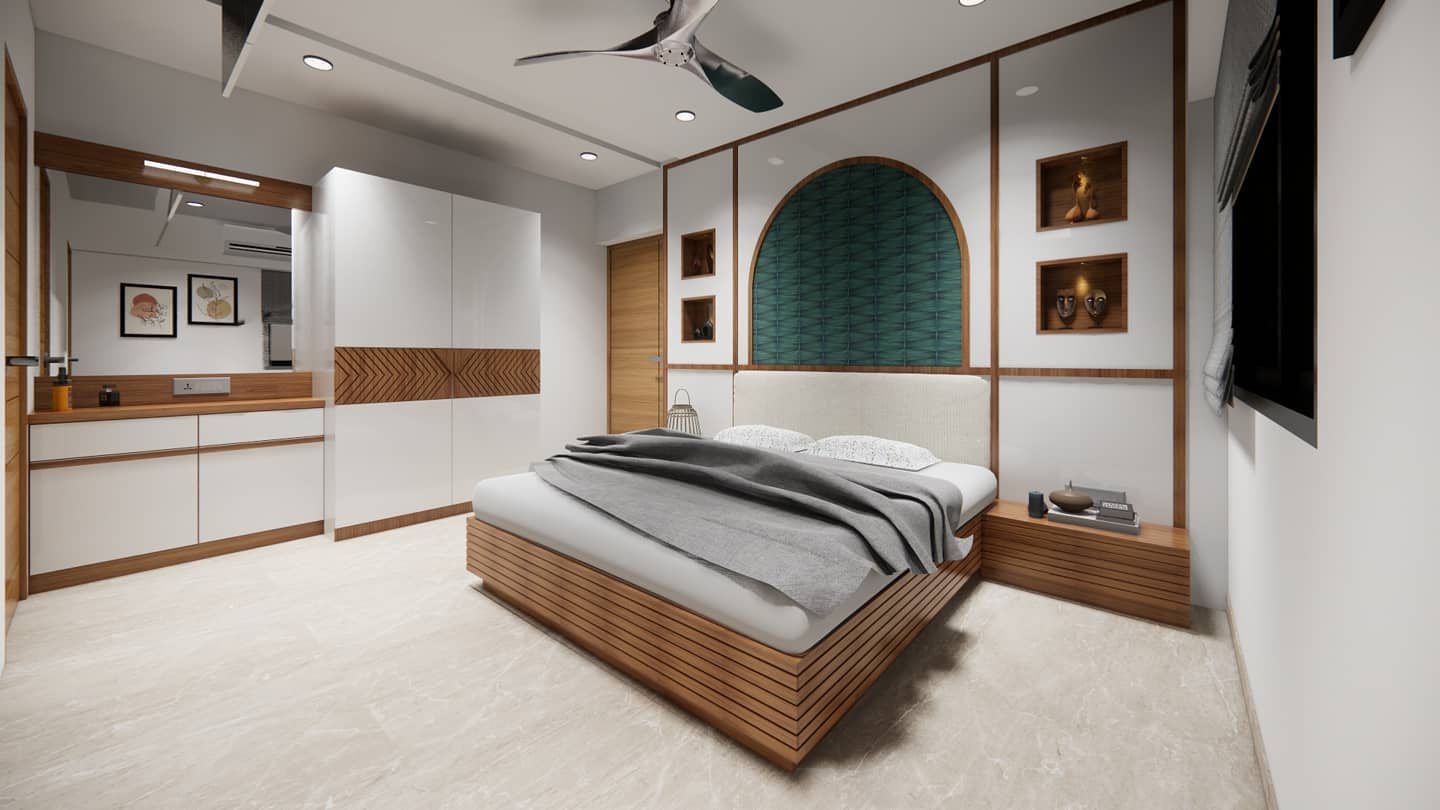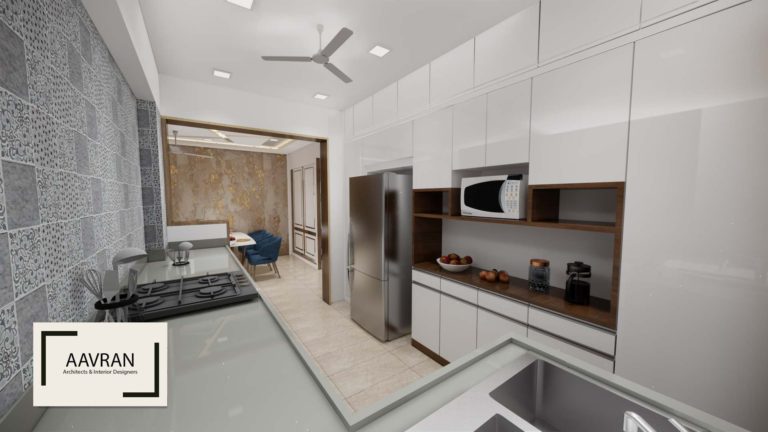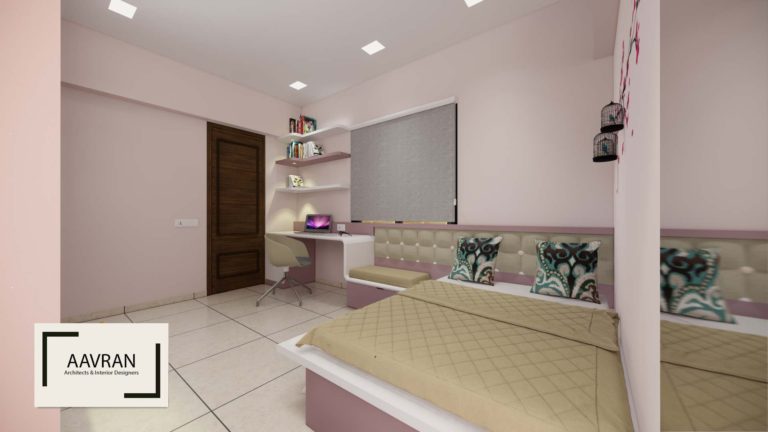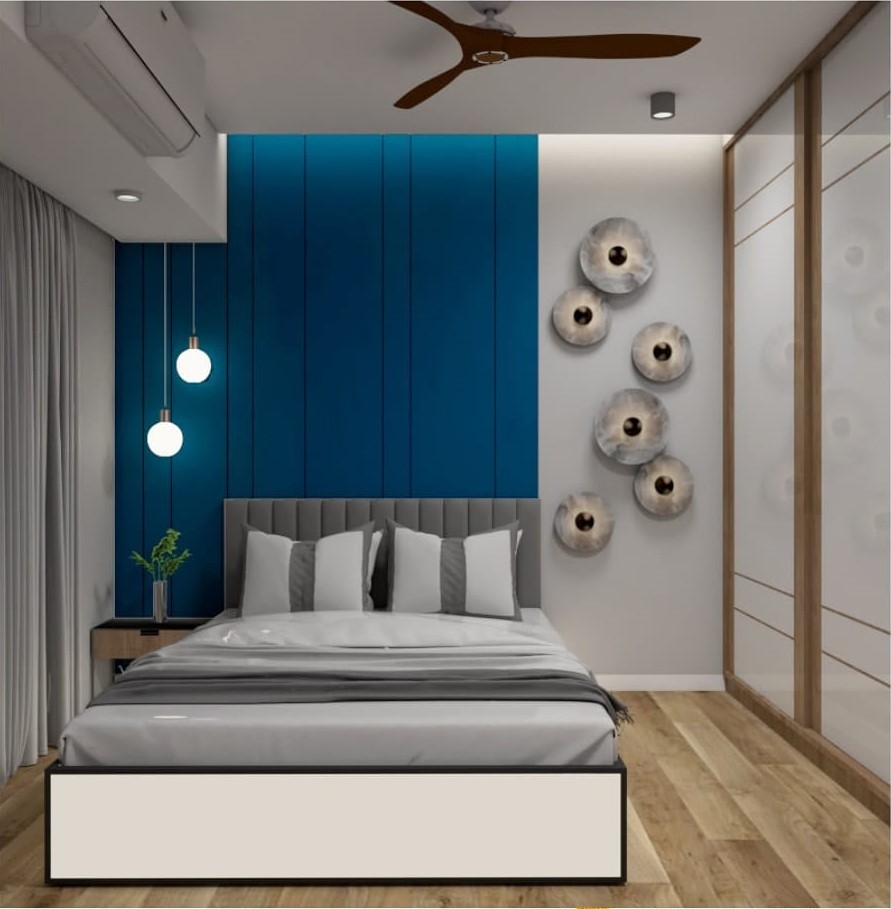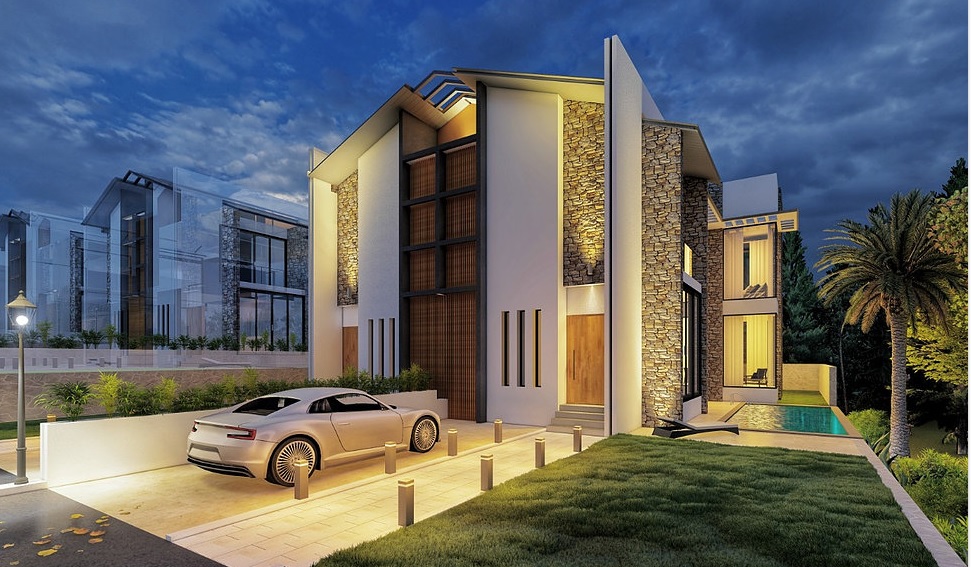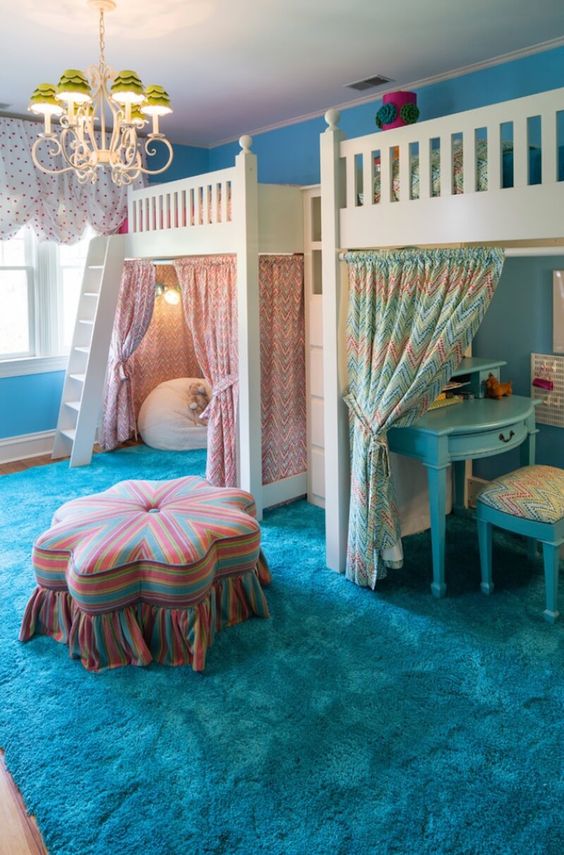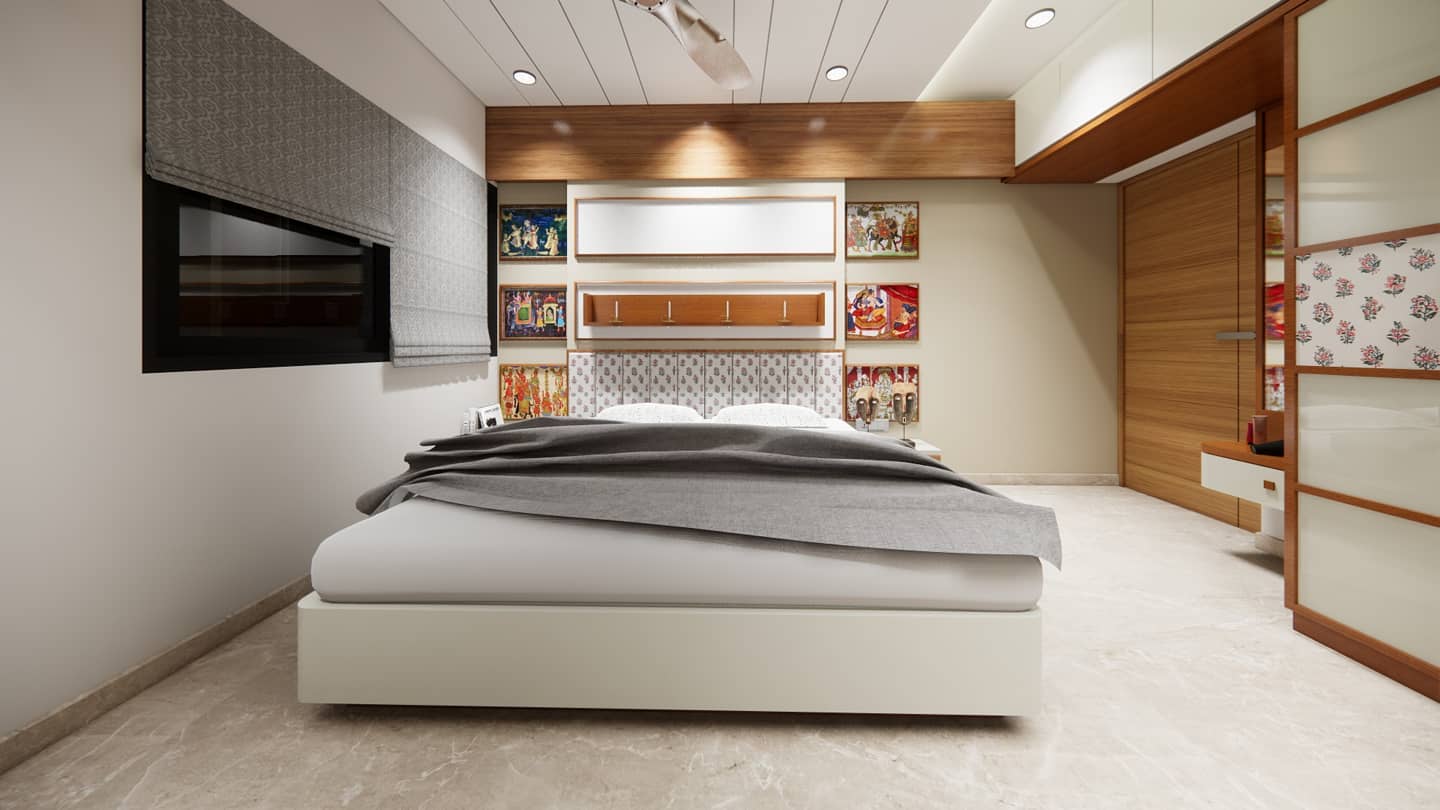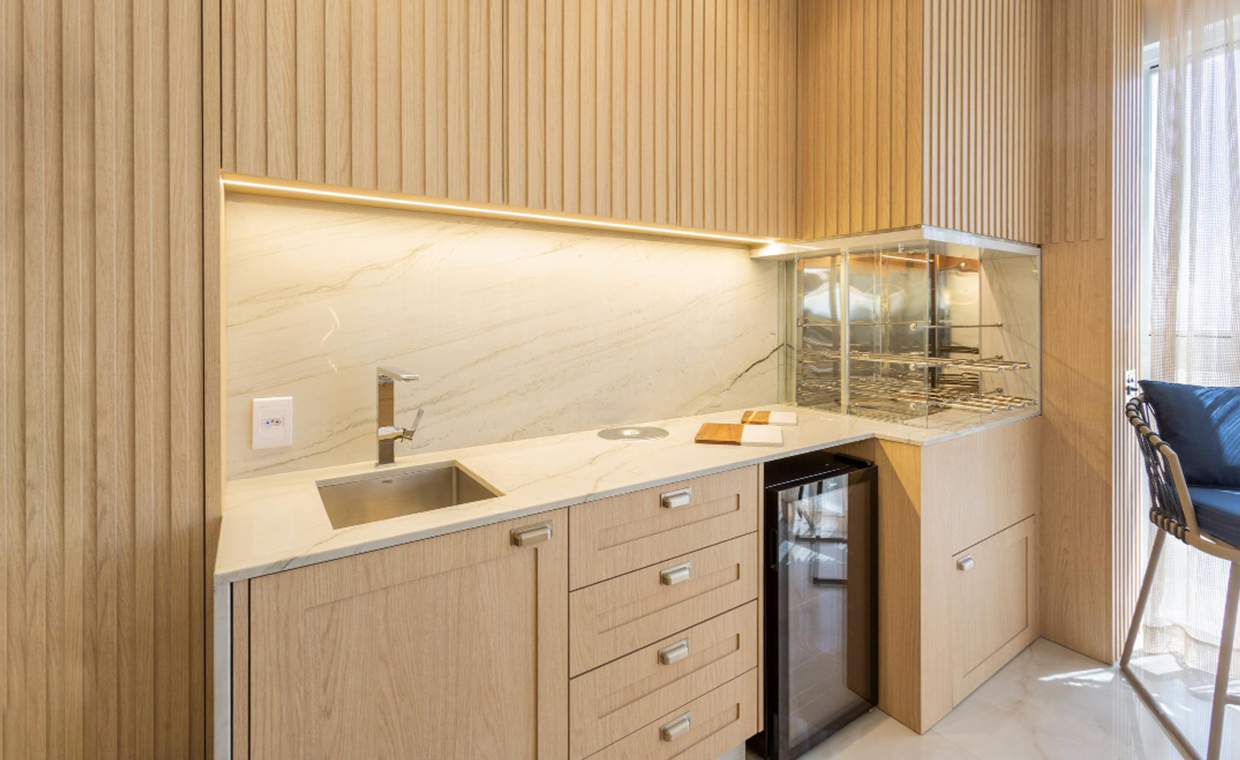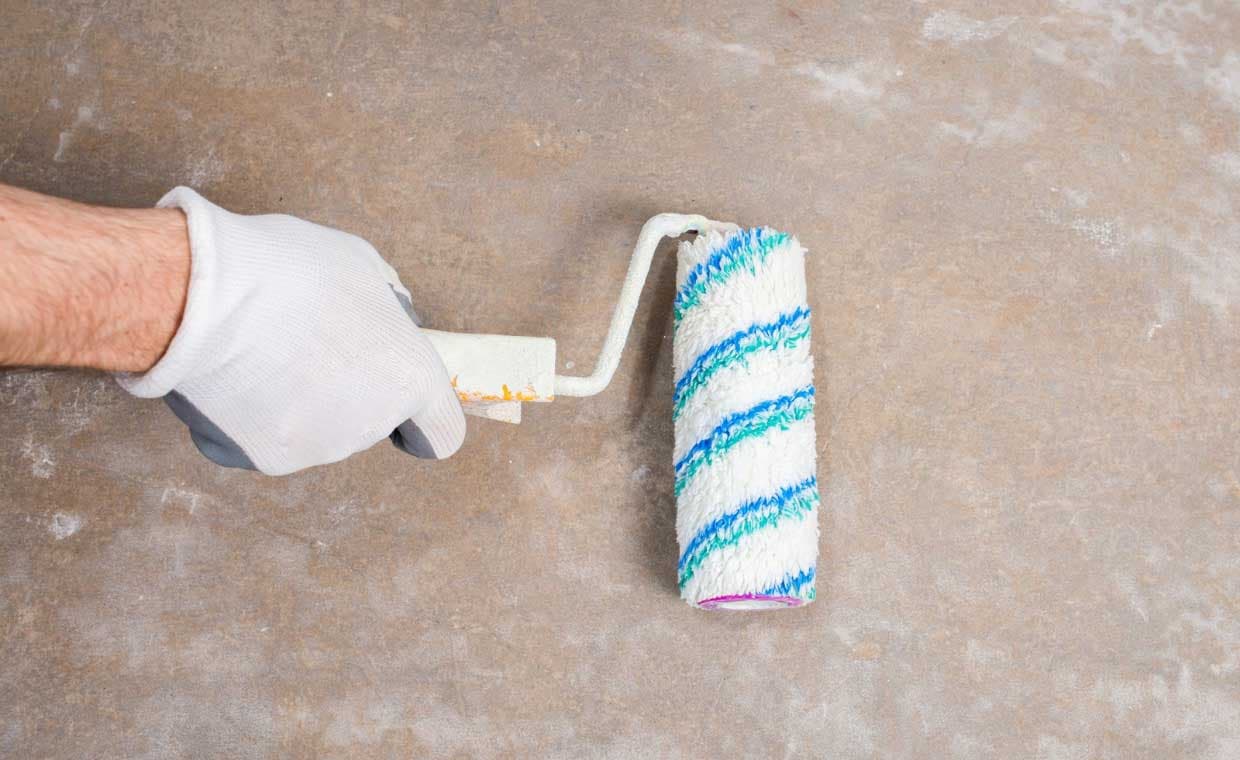
Painting adds colour and life to the house, and therefore it is crucial, irrespective of the size of the house, to have wonderful paint on the surfaces. For efficient planning and execution of painting new calcareous surfaces such as concrete, masonry, and plaster, one should know the tips to get a long-lasting finish. Painting new calcareous surfaces may cause an alkali attack on the paint. Here, we give you some important tips that are helpful while painting new calcareous surfaces. Important points to remember to get the best results from painting your walls:
1. Moisture

Never start painting new surfaces until they have set, cured, and all the excess moisture on new surfaces has dried out. Painting before full drying of the calcareous surface can cause peeling of the paint, giving you endless problems. Hence, don’t start the painting process until the surface is fully dry. Ideally, allow one year to pass before drying.
2. Perfect Paint

Select the paint system that does not seal the moisture. Oil-based paints generally seal moisture. Therefore, for the initial painting, choose the paint keeping the ultimate scheme for repainting in mind. For example, if you intend to eventually paint the surface with solvent-based paint, use an easily removable material or one that receives solvent-based paint as the initial paint.
Also Read: Painting Concrete, Masonry and Plastered Surface
3. Breathable Paint for Walls

Sometimes it is not possible to allow the required time for the surface to dry out fully. In such cases, apply lime wash, colour wash, cement paint, oil-free distemper, or suitable emulsion paint. These paints allow drying to continue at a reasonable rate through their films. Never use glossy or oil-based paint applications on different materials until drying is complete.
4. Surface Pre-Treatment Before Painting

If a surface remains continuously damp, first examine the cause and then treat the surface with a suitable treatment before applying paint. If the remedy is impractical, then batten it out and plaster or board the affected surface.
5. Blocking Moisture

Either opt for plastering or use metal foils to prevent water absorption from the exterior or the penetration of water into the interior if efflorescence appears on the wall.
Also Read: 5 Steps You Must Know While Painting External Walls
6. Paint Failure

Painting partition walls on both sides may increase the risk of paint failure because the means of escape of water introduced during construction operations are restricted. A difference in the porosity of the paint films applied to either side of a wall may result in one side being more affected than the other. The risk is similar and greater when you paint one side and seal another side with some impermeable form of treatment. For example, consider wall tiling. Severe conditions may be met when walls, partitions, and ceilings are built of materials that need large quantities of water for curing and setting.
7. Glossy Finish on New Surfaces

Make sure the surface is flat and straight if you use a glossy finish because imperfections will be visible on a glossy finish.
8. Focus on Plaster Work and Paint Preparation

Improper plaster work is likely to develop surface crazing. If this defect is present, then treat it accordingly before painting to prevent the appearance of cracks in the finished work. Leave the lime plaster unpainted for a few months so that it carbonates, hardens, and dries completely. During this time, the plaster will show if it tends to crack. Manifestation of the cracks before painting gives ample scope for pre-treatment.
9. Natural Drying Techniques

Many people resort to using dryers to dry the walls faster. This technique of heating the room requires great care because rapid drying can damage the plaster, resulting in shrinkage and separation of the plaster coats. Hence, it is advisable to bank on good ventilation and natural drying.
10. Judge the Material

If the wall is made up of materials like bricks, concrete, or blocks, then apply oil paint only when the wall is completely dry. These materials are likely to contain a larger amount of moisture. Likewise, if the wall is made up of drier materials like wood or metal lath, then oil paint can be applied within a few weeks of drying. Oil-bound distempers can be applied even earlier.
Conclusion
Painting is a crucial process that completes the house. Awareness and care in painting new calcareous surfaces can make your house last for generations, while on the other hand, ignorance can leave your home an abode of nasty sights. You can choose how you want your house to be.
Also Read:
Importance of Primer in Painting
Paint Sheens: Make a Big Impact on Your Home
FAQs Regarding Painting New Calcareous Surfaces
1. What are calcareous surfaces, and why is special care needed when painting them?
Calcareous surfaces include materials like concrete, masonry, and plaster, which often contain lime and moisture. Proper care is essential to prevent issues such as alkali attack, paint peeling, and uneven finishes caused by moisture and chemical reactions.
2. How long should I wait before painting new calcareous surfaces?
It’s advisable to allow at least one year for the surface to dry and cure fully before painting. For quicker timelines, use breathable paints like lime wash or emulsion paint that enable residual moisture to escape.
3. What type of paint is suitable for new lime-based surfaces?
For initial painting, avoid oil-based paints as they seal moisture. Instead, opt for breathable options like cement paint, lime wash, or oil-free distemper, which allow proper drying and minimise paint failure risks.
4. Can I use glossy paints on new calcareous surfaces?
Glossy paints can be used but only after the surface has been properly prepared. Ensure the surface is smooth, flat, and free from imperfections, as glossy finishes tend to highlight flaws.
5. What precautions should I take to prevent paint failure on damp walls?
Address the root cause of dampness first by treating or repairing the affected areas. If moisture persists, consider using metal foils or plastering to block water absorption before painting.






